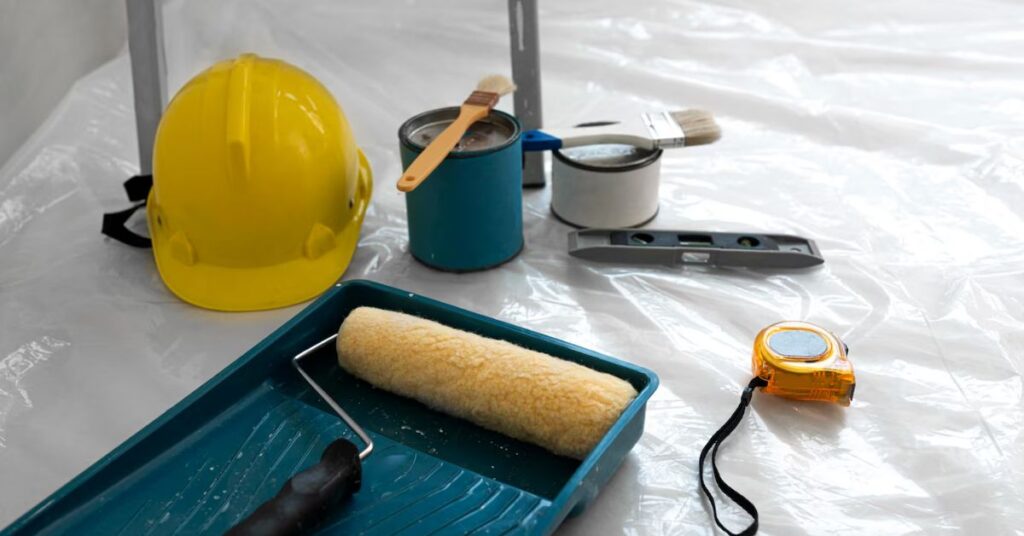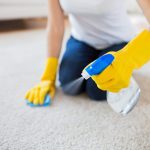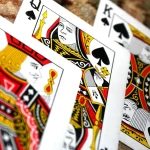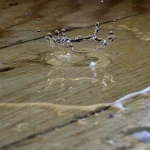Got a leaky basement or wet garage? Want to waterproof a bathroom before tiling? Dealing with dampness on the interior or exterior of your home? Ugh, so frustrating.
Luckily, there are all kinds of waterproofing supplies that can fix leaks and prevent moisture damage. But with so many options,How to choose the right waterproofing supplies for your project?
We’ll explain the different types of waterproofing supplies, what they do, and where to use each one. By the end, you’ll be a waterproofing expert. Let’s start from the ground up:
Waterproofing for Foundations and Basements
If water is dripping through cracks in your foundation or seeping up through the basement floor, you need heavy-duty products made for below-grade areas.
First are foundation sealers and drainage boards. Sealers are thick waterproof coatings (like tar) that paint directly onto the outer foundation walls to seal cracks. Drainage boards are heavy plastic sheets placed against the walls to redirect dripping water down into a drainage system.
Second are waterproofing membranes. These thick, rubberized sheets stick to inner basement walls and floors to completely block moisture. Brands like Delta or Drylok make rolls of peel-and-stick membrane to cover from floor to ceiling. Liquid membranes that paint or roll on also work.
Waterproofing for New Showers and Bathrooms
If you’re remodeling a bathroom or installing a new shower or tub, waterproofing is CRUCIAL behind the tile walls and under the floor. Even small leaks here can cause big damage.
For shower walls, choose a “tanking” system made just for wet areas. Tanking kits include a waterproof liner for walls, special tape, and liquid waterproofing to paint over seams and corners. RedGard and Mapelastic AquaDefense are top brands.
Under the floor, use a peel-and-stick sheet membrane rated for continuous water exposure. Ditra, NobleSeal TS, and Schluter Kerdi-Shower-KIT are excellent options that even DIYers can install. Do it right from the start and you’ll never see leaks.
Waterproofing for Roofs, Decks and Balconies
For flat roof surfaces, choose heat-welded thermoplastic sheets like those made by Firestone. You simply roll them out and a contractor welds the overlaps closed with heat for a seamless water barrier. If you have a regular shingle roof, coatings like Elastek 103 Crack & Joint Seal can waterproof seams, penetrations and problem areas.
On decks and balconies, liquid waterproof deck coatings work great. These thick, rubbery paints or roll-on membranes seal the wood surface. Use an elastomeric waterproof coating like Deck Premium for full protection across the entire deck floor.
Waterproofing Outdoor Concrete and Masonry
For driveways, patios, walkways, and foundation walls, breathable silane-siloxane penetrating sealers are excellent. These are clear liquid products like DryWay Water-Repellent that soak deep into the concrete or brick to repel moisture.
Controlling Damp and Mold Indoors
To combat nuisance damp and mold on interior walls, mold-fighting interior primers and paints work well. Zinsser Mold Killing Primer seals and encapsulates mold while blocking stains. Top it with a moisture-resistant paint like Drylok Latex. A dehumidifier also helps control source moisture.
Picking the Perfect Waterproofing
Now that you know the main types of waterproofing and where they work best, you can confidently tackle leaks and dampness in your home. Just carefully match the product to your specific project. With the right supplies, you’ll have a water-tight space that stands up to moisture for years.







